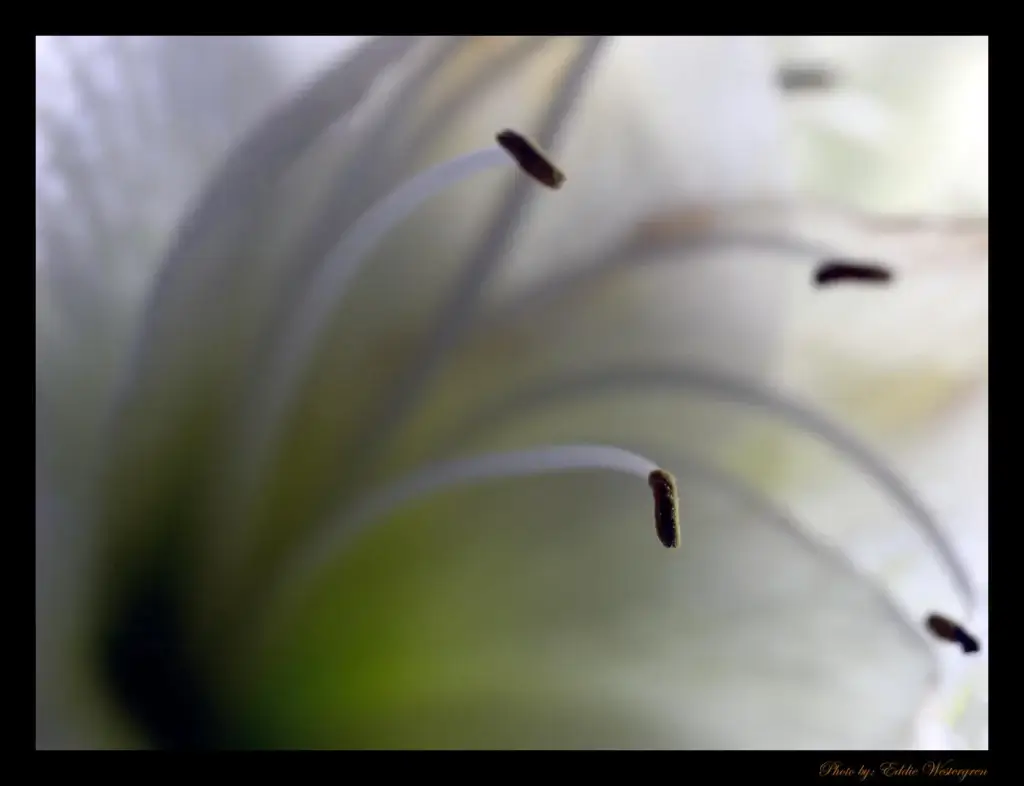
The orchid anther
is a crucial part of the reproductive structure of orchids, a diverse and fascinating family of flowering plants known scientifically as Orchidaceae. Orchids are renowned for their intricate and beautiful flowers, which often play a significant role in their pollination strategies.
An anther is the pollen-producing part of the stamen, the male reproductive organ of a flower. In orchids, the anther has unique adaptations that facilitate their complex pollination mechanisms. Most orchids have a specialized structure called the column, where the anther is fused with the stigma, the part of the female reproductive organ that receives pollen. This fusion creates a distinct floral morphology that can be highly specialized for attracting specific pollinators.
Orchid anthers typically contain two pollen sacs, or thecae, which are filled with pollen grains. The pollen in orchids is often clumped into structures known as pollinia. These are sticky masses that adhere to pollinators, such as bees, butterflies, or birds, when they visit the flower in search of nectar. The adaptation of pollinia allows for efficient transfer of pollen from one flower to another, enhancing the chances of successful fertilization.
The diversity
of orchid flowers is also reflected in the variation of their anthers. Some orchids have elaborate mechanisms that ensure pollen is deposited in a precise manner, while others may rely on simpler structures. The shape, size, and positioning of the anther can differ widely among species, allowing for a range of interactions with various pollinators.
Moreover, the anther’s role extends beyond mere pollen production; it is essential for the genetic diversity of orchid populations. Through effective pollination facilitated by the unique anther structure, orchids can exchange genetic material, resulting in diverse offspring that are better adapted to their environments.
In summary,
the orchid anther is not only a vital reproductive organ but also a fascinating example of evolutionary adaptation, showcasing the intricate relationships between plants and their pollinators.